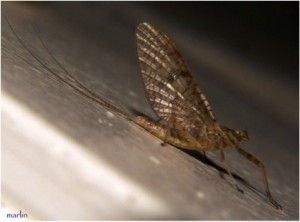Potomac Horse Fever
Every year in Minnesota we see a few cases of Potomac Horse Fever (PHF) due to the wet and humid weather. Because of this, we wanted to provide all of you with some information about this challenging disease.
- PHF is caused by the bacterium Neorickettsia risticii which normally infects fresh water insects like snails, trematodes, and the larval stages of mayflies and caddisflies.
- Horses most likely get infected by drinking water containing this insects from ponds, drainage ditches, and streams. Additionally, when the adult mayflies or caddisflies emerge, they fly around barns and then can be ingested by the horse when they die in feed or water sources.
- Signs of PHF include high fevers, depression, colic, diarrhea, and laminitis.
- Treatment includes the antibiotic oxytetracycline, banamine, and fluids for severely dehydrated horses. Biosponge is used to help with diarrhea. Severely affected horses may require hospitalization.
- The mortality rate of PHF is typically about 10% and prognosis worsens if the horse develops severe diarrhea or laminitis.
- There are vaccines available but these are not highly effective. Vaccinated horses can still develop the disease. Horses that have survived infection with PHF retain immunity from the disease for up to 2 years.
- Prevention includes limiting your horses’ access to natural water sources, turning off lights near barns at duck (when mayflies swarm), and carefully checking hay and water sources when you have notices mayflies or caddisflies around your property.
If you notice your horse is depressed, off feed, has a fever (temp above 101.5 F) or has loose manure, call us immediately.
